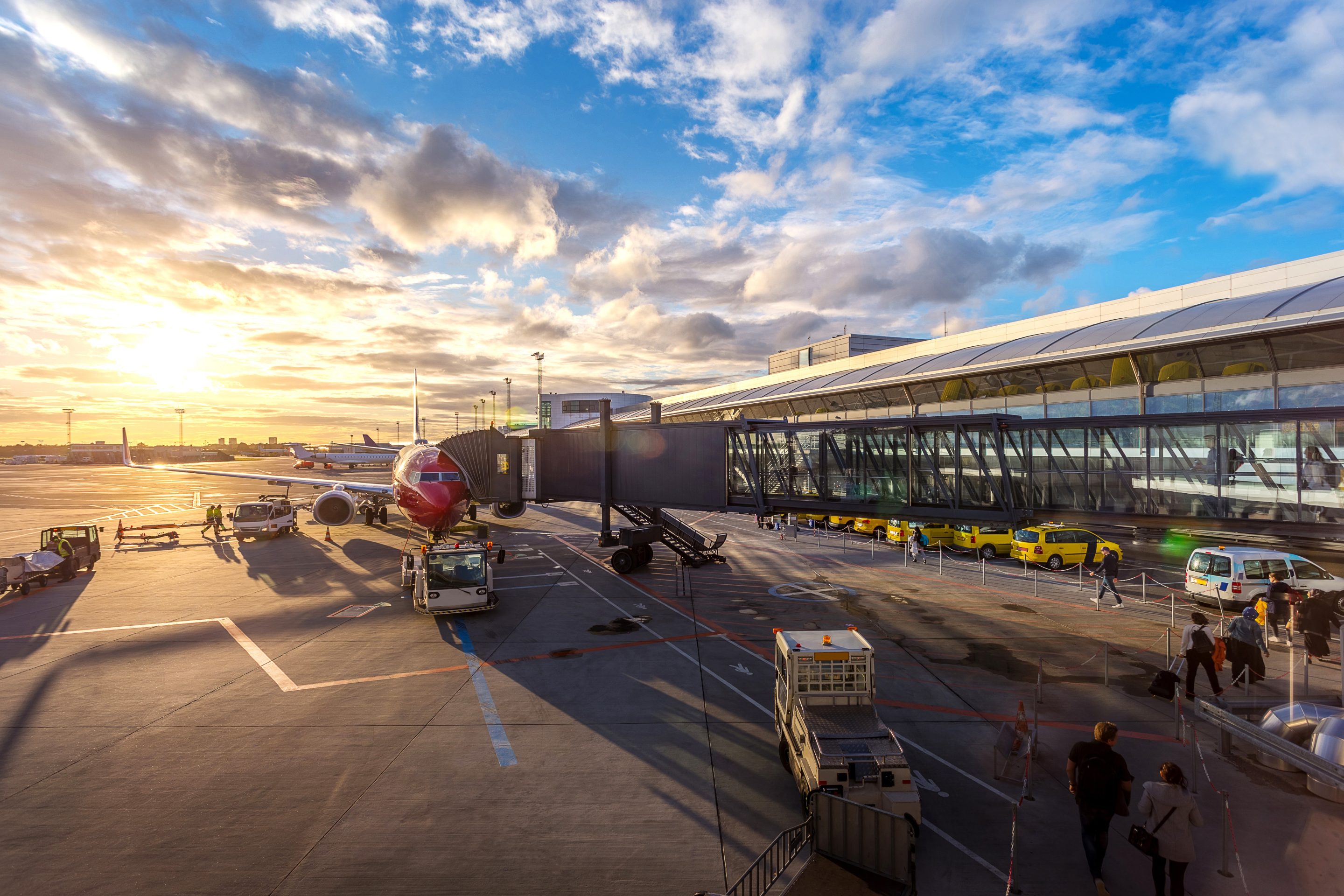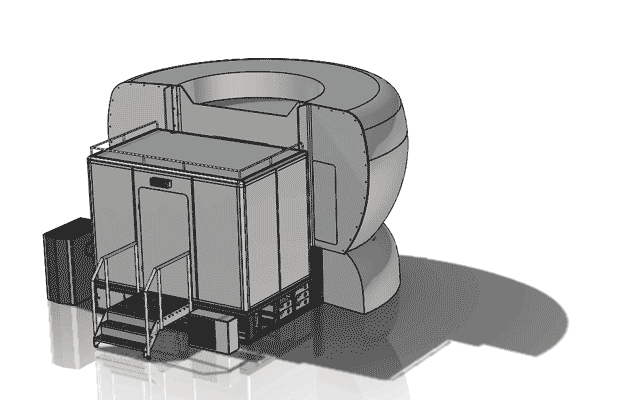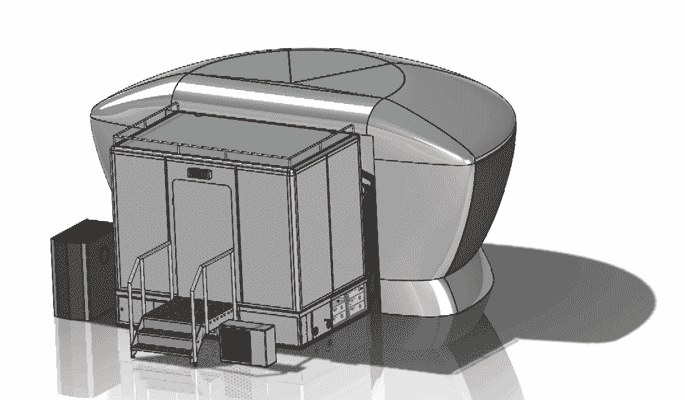I will be speaking at the Asia Pacific Airline Training Summit in Singapore on Sept. 3 to share how aircraft manufacturers create training programs for their new airplanes. Through this blog I want to provide those of you who will be in attendance with a little preview. I hope that for those who will not be in attendance at APATS, this brief overview will provide some basic understanding.
When Original Equipment Manufacturers (OEMs) create a new or derivative airplane there is a process that gets followed for assessment of training needs. At the same time, the airplane must achieve its Certificate of Airworthiness.
To asses training needs, most OEMs use a joint process called the Pilot Qualification Program (PQP), where the Certifying Authority will take the lead but provide a multiparty solution with other major aviation regulators. The FAA, EASA and Transport Canada often collaborate and review proposals from OEMs against their own respective regulations. In the end, this should lead to a global harmonized approach to training for a new airplane.
The training for this new airplane will be verified through participation of regulatory pilots. The FAA Aircraft Evaluation Group (AEG) and EASA’s Operation Suitability department normally require several pilots to complete the full Type Rating to review whether the course meets the intended objectives.
Such regulatory pilots may also review courses that take credit for commonality when the type rating is not related, but their previous airplane was built by the same OEM and fulfills the previous experience requirements. An example would be a B787 trainee coming from a Boeing 747. However, if this pilot flew an Airbus, Embraer or any other airplane before, no credit can be applied.
In the case of the 787 there is also a third possibility for pilots who currently fly the B777 (and the same goes for Airbus A350 trainees coming from the A330). This is because the type rating is identified as a “related type rating” or “common type rating” under FAA regulations. Similarly, under EASA requirements this is identified as “same license endorsement” or “same type rating”.
There is significant complexity in this process. Even though all training providers believe they understand how this is managed, the actual regulatory documents that are used are barely known. For the FAA, the guiding document is an Advisory Circular in the 120 series, AC 120-53. The resultant FAA publication is the Flight Standardization Board (FSB) report. For EASA, the guiding document is Certification Specification – Flight Crew Data (CS-FCD) and this leads to publication of the Operational Suitability Data document for the airplane type.
Both the AC and CS documents identify what steps need to be taken, what assessments need to be made and what proof needs to be provided by the OEM in order to create training procedures for a new airplane. These steps also lead to the final assessment by the regulators to award a common/same type rating or a completely new type rating. As these decisions are very important for final airplane introduction, significant work both by OEM personnel and regulators over many years will finally lead to a document that training organizations world-wide use to base their type rating training on.
If you are interested in learning more about these complex processes, please attend my speech at APATS or contact me directly in case you have specific questions. I hope to see many familiar faces in Singapore and welcome the new ones.


